CAPTURING THE JOY OF PAINTING WITH MAUD LEWIS: A CANADIAN TREASURE
I wish to acknowledge that the photographs included here were taken with the permission of the Art Gallery of Nova Scotia. Images of Maud and her husband Lewis and their tiny house in rural Digby, Nova Scotia were taken by photographer Bob Brooks and were included in the book " The Illuminated Life of Maud Lewis" with text by Lance Woolaver ; Nimbus Publishing Limited/Art Gallery of Nova Scotia
Maud Lewis 1903 -1970 / Shown here painting in her tiny house in Digby, Nova Scotia
Maud's house now situated in the Art Gallery of Nova Scotia and open for viewing
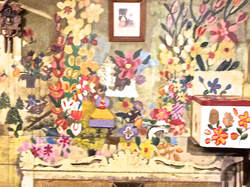
Maud painted all the things in life she loved and she painted these things on every available wall and object in and around the house - from breadboxes to the stove , walls and doors; even the few stairs leading up to the loft where the bed was located were covered with flowers.
In Lance Woolaver's book on Maud, he writes of her painting day - first a cup of tea and a slice of bread; then she would sit in her same chair by the window and using her TV tray as her easel, and a Campbell's soup can to hold a little turpentine, she would mix her paints in sardine tins and begin to paint.
Early on , her husband Lewis would bring home leftover marine paints or house paints from various odd job locations. He would cut up old scrap wood for her to paint on. Later on, as her fame spread and her work began to sell, her brushes and colours came from the Eaton's catalogue or from May's Stationery Shop in Digby and as time went on, Ontario painter John Kinnear supported her work with good quality paints and brushes and canvases. In exchange she sent him paintings , wanting to ensure she paid him for the packages he would send her.
Early on , her husband Lewis would bring home leftover marine paints or house paints from various odd job locations. He would cut up old scrap wood for her to paint on. Later on, as her fame spread and her work began to sell, her brushes and colours came from the Eaton's catalogue or from May's Stationery Shop in Digby and as time went on, Ontario painter John Kinnear supported her work with good quality paints and brushes and canvases. In exchange she sent him paintings , wanting to ensure she paid him for the packages he would send her.

Here Maud is posing by the door with one of her paintings.
The house and yard with Lewis bringing in firewood which heated the house . The house was really only one small room ( about 12 feet by 13 feet) with a tiny loft above.
This sign hung right outside the little house at the side of the road. As tourists and other folk passed by and saw the sign, (with paintings often sitting beside the sign in summertime,) they would stop, chat with Maud and often buy one of her paintings. Her work is described as being in the "folk art" tradition , but for those who bought her work, they were as curious and interested in Maud and her life as they loved her paintings which told stories of her love of life in rural Nova Scotia. Maud lived her whole life in a very limited geography from where she was born.
Peering through the window into the little house where Maud painted day after day.
The Art Gallery of Nova Scotia now collects and exhibits Maud's paintings and I urge anyone who travels to Halifax area to visit the gallery and take in the wing dedicated to Maud, her life and her work . Maud's paintings tell us stories from her life and environment - here , tapping trees for maple syrup. There are many stories to discover- from the U.S. President who wrote to buy her work to the CBC special on Maud [ check it out online] to people who encouraged and befriended her throughout her painting life.

Maud loved her cats from early childhood and throughout her life. Every cat was named Fluffy and she painted a great many Fluffys.... One of my first paintings was in the folk art tradition and it was of my cat "Harry". I keep it close by me in my studio.

Maud painted the water , the sea boats and sea gulls, fishermen and fish.
Maud grew up around oxen and knew a great deal about them. Her oxen are loveable enough to kiss.
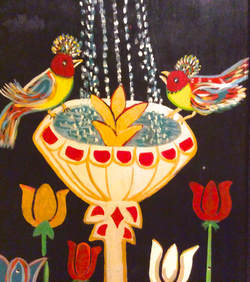
Maud is a Canadian treasure . She also reminds me to paint with joy and love and to be enthusiastic about sharing my work with those that also find joy in my painting . It is important to value our Canadian artistic history and heritage and celebrate all Canadian art. This year a movie has been released celebrating her life - parts true and parts fiction - but still a beautiful idea of the life of Maud. The movie is entitled " Maudie".....



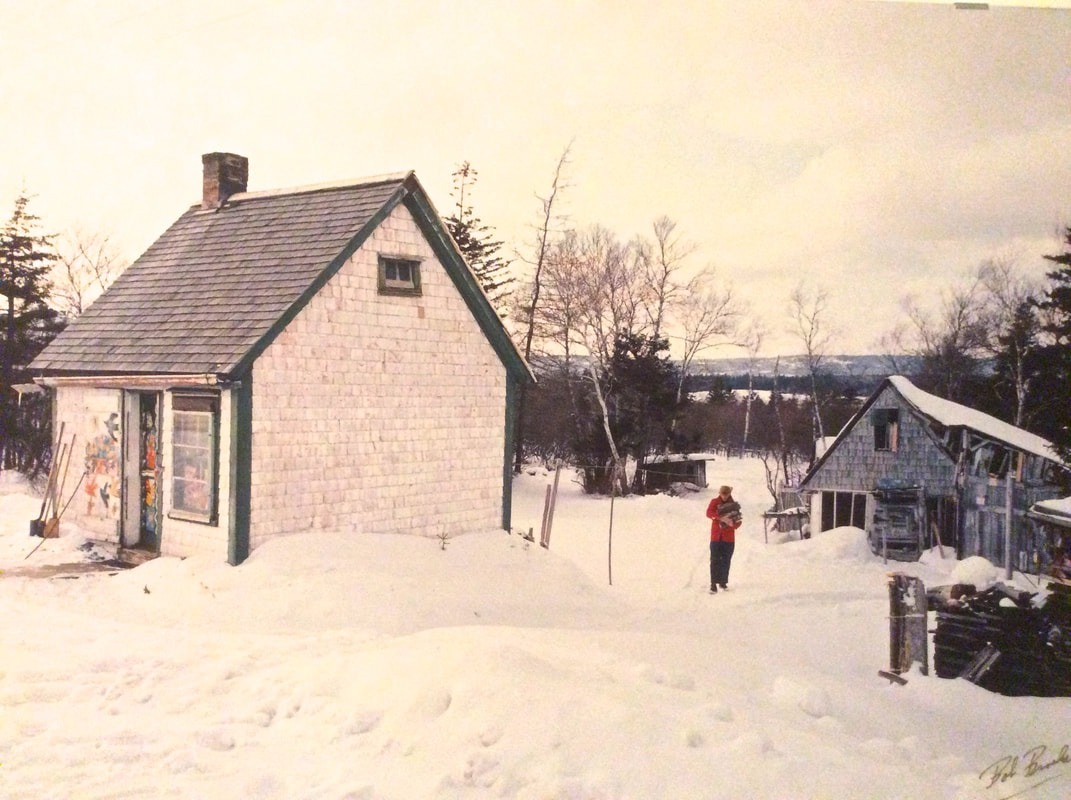

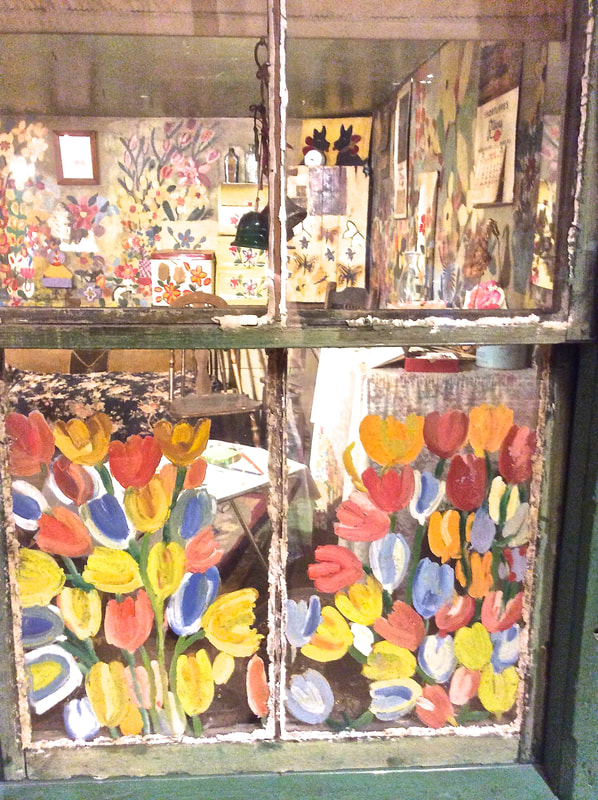


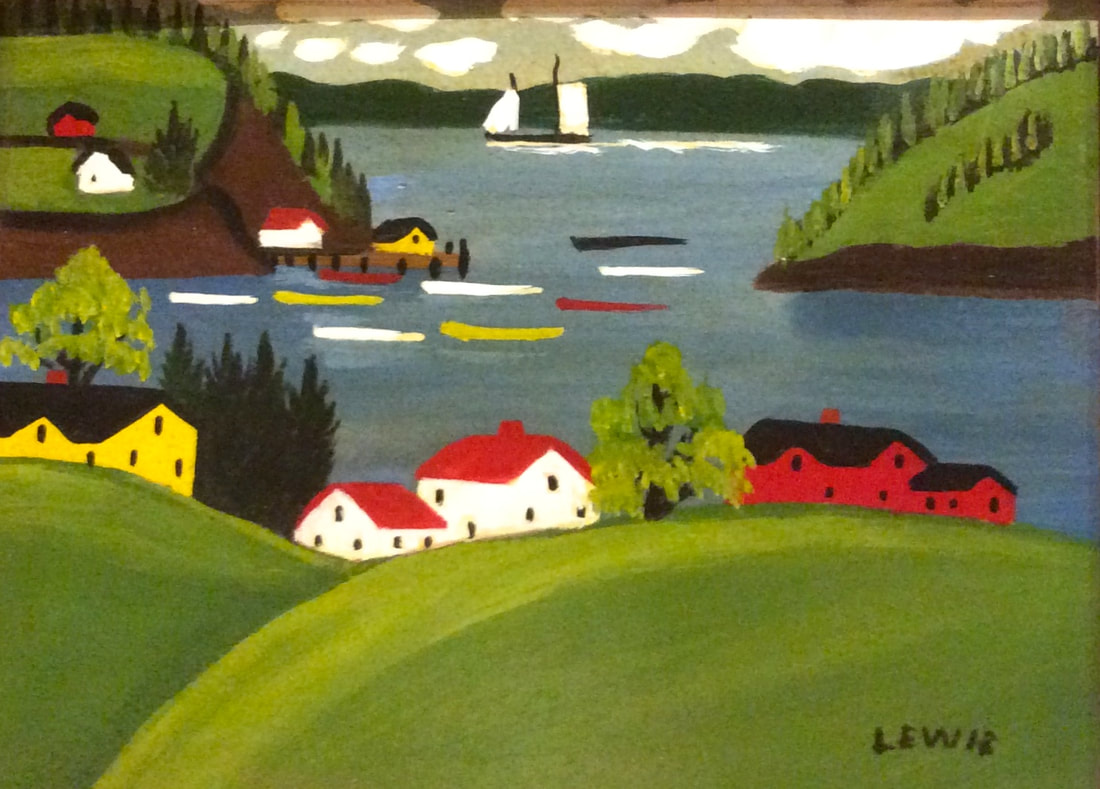


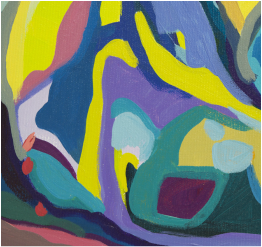

 RSS Feed
RSS Feed